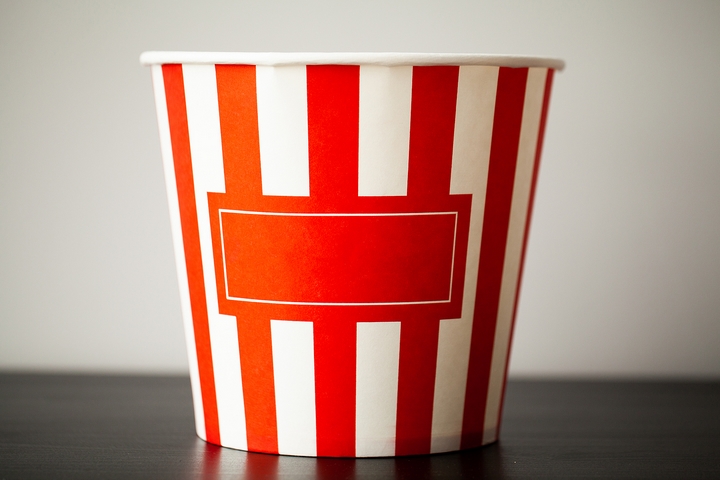11 Different Packaging Color Schemes and Their Meaning

Colours in packaging communicates a lot about a brand or product. In every category and for every product, there are appropriate and inappropriate colours. Some are buyer-friendly and others not so much. As we dig into packaging colour schemes, it’s key to remember that not everything’s the same across the board. You may select colours as a response to what’s going on in the marketplace and/or which fall in line with your brand identity.
You may be wondering about the symbolism in your packaging printing design. Here are eleven different packaging color schemes and their corresponding meanings:
1. Every Colour Has Meaning

When it comes to packaging color schemes, it’s important to know what the different colors mean. Not only that but this meaning can change culture-to-culture or country by country. If you’re marketing internationally, be aware of this.
Choosing the wrong colours in packaging can mean less sales or failure to establish one’s self in the marketplace. For this reason, many brands have alternate colour schemes for specific territories overseas and internationally compared to North America.
2. Basic Colour Psychology

The psychological meaning of colours is a masterclass in knowing how to trigger buy-friendly emotions. Bright colors have a lot of energy to them while blacks add sophistication and seriousness.
Grey and brown are considered masculine while pink hues are more feminine. Meanwhile, reds are eye-catching but can also appear aggressive in the wrong context. Adjusting shades and tints offer a wide range of emotion-driven colours.
3. White v. Black, Light v. Dark

Your packaging colour scheme is likely going to be light or dark in its overall hue. The use of light colours, such as white, often communicate simplicity, safety, and elegance.
This is why Apple, Dove, and other brands use it. Then, there is black and darker colors which communication sophistication, strength, and authority. They are used by fitness brands and high-end clothing brands.
4. Consistency With Your Branding

It may seem obvious but packaging colour schemes can get very creative at times. Don’t let it conflict with your existing logo and branding colours. To this point, you may already have packaging colours from in your logo. If you’re marketing different products in unrelated categories, be sure to select colours which do not appear awkward next to your logo and marketing.
5. Colours Hint At Affordability

Packaging colours also provide detail on a product’s affordability. For example, the use of metalized gold or silver on a dominant black package has an expensive look to it.
The use of bright primary colours have a more affordable look to them, such as in chips, candy bars, and cereals. Some may view bright colours as childish, however, this isn’t the case. Bright colours find use in every category, just like blacks.
6. Colours Reflect Composition

A lot of foods will do this in their packaging as do beauty products such as shampoos and moisturizers. The colours on the packaging represent the ingredients inside, such as purple for lavender, green for vegetables, or white for milk.
If you aren’t packaging food, think of what naturally represents your product. Packaging colour schemes often give hints of what is found inside.
7. McDonald’s Red-And-Yellow

The McDonald’s red-and-yellow packaging colours are a well-defined scheme that everyone knows. Be care with the colour scheme you choose as you do not want comparison with an existing well-known brand who already makes use of the same colours.
For this reason, a McDonald’s red-and-yellow should be avoided, just like a Coca-Cola white-and-red or other dominant schemes.
8. Contrasting Packaging Colour Schemes

Look down the soda aisle at any grocery store. This is a great example of packaging colour schemes. No colour is duplicated. You have a lot of contrasting primary colours though. For example, Coca-Cola has red and Pepsi has blue.
Both colours are nothing alike but are in the same category of primary colours. Apply this to your category. How you stand out on a shelf defines packaging’s success.
9. A Single Color and Typeface

Though we are talking packaging colour schemes, it’s also worth noting the products that are simply branded with a single colour and characteristic font. Apple is the best example. They employ white to have them appear premium.
If you go to any President’s Choice grocer, store-brand ‘No Name’ products use yellow in a similar way. Though this is a risk, focusing on a single colour does make a product stand out.
10. Buyer Expectations Influence Colour Choice

Think of your average consumer. What are they expecting in a packaging colour scheme – chances are if you don’t somehow answer to expectation, your product won’t be noticed.
This isn’t to say to duplicate the competition. Not at all! Find your own path to differentiate your packaging while also securing it placement in your category.
11. How You Accent A Colour Matters

In addition to a dominating colour, you likely will have one or two accent colours mixed in. Accenting your dominant colour chances the perception. For example, white packaging with blue font has a different consumer interpretation than white with green accenting, or red accenting, or pink accenting.
Choose wisely. You do not want to give the wrong colour interpretation or mimic other combinations of colour already in the marketplace.





